Plumbing Malfunctions That Cause Floods and How to Avoid Them
Water heater tanks are a bit of a mystery to many homeowners. And even basic maintenance can be difficult if you aren’t experienced in water heater care. But did you know that one component of your water heater is designed for frequent replacement? It’s called the anode rod, and it’s a critical part of your water heater.
Some homeowners replace the anode rod on their own, while others have a plumbing contractor perform the switch. But either way, you need to know more about the anode rod to understand why it’s so critical and why it needs replacing so often. Learn about some basics every homeowner should know about the water heater tank and its anode rod.
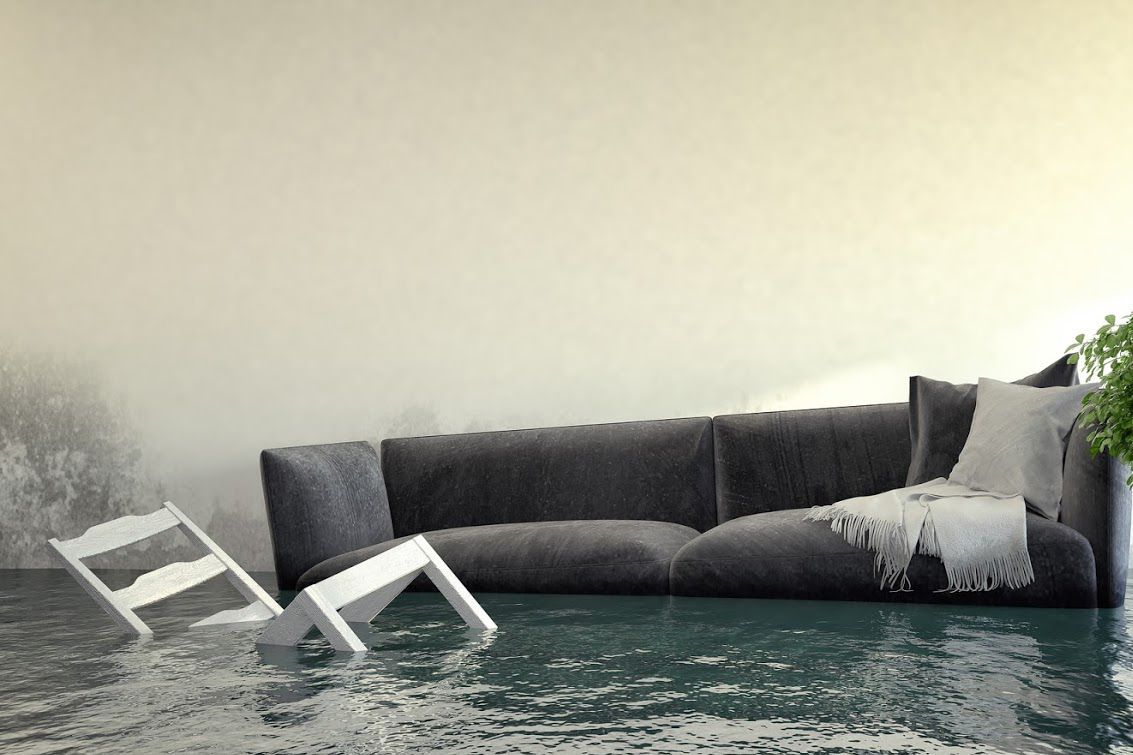
1. Broken Pipes
Pipes can sometimes rust through and develop pinhole leaks. But in other cases they can fail catastrophically and spew water everywhere. Two reasons your pipes might flood in this dramatic fashion include water hammer and freezing.
Water hammer is caused when you use a faucet or appliance and then switch the water off abruptly. The water is pressurized, so it hits the end of the line and sends shock waves radiating back through the pipe. This can cause an audible clatter and can actually cause the pipe to bang against anything nearby, like a wall. Sometimes it bangs long and hard enough to break.
If you suspect you have a problem with water hammer, contact your plumbing contractor. If you cushion the pipes, install an arrestor, and even lower the water pressure slightly, you may help reduce or prevent damage.
A frozen and burst pipe typically occurs when your area experiences a cold snap. The first pipes to freeze are often those that are unprotected: those installed along your home’s attic floor or in your basement, for example.
You can protect these pipes with insulation or heat tape. You can also let the faucet trickle to reduce the chances that the pipes will freeze or burst.
2. Appliance Seal Failure
Your dishwasher uses large amounts of water that could cause a flood if it escapes the appliance. That’s why you need to check the door seals on a regular basis. Typically, the seals will be made of some type of rubbery plastic.
You can tell that the seal needs to be replaced if it cracks, starts to come loose, or feels brittle. It may also just look beat up, or you may notice that too much steam escapes through the seal as the appliance runs. Any of these signs indicate that you’ll need to replace the seal soon in order to avoid a worse problem such as leaks and floods.
3. Toilet Fill Valve Problem
If the toilet leaks from the tank rather than the bowl, it may not be because your kids tried to flush a toy. A flood from the toilet’s tank often indicates an issue with the filling mechanism. For example, the float could be adjusted incorrectly, which means that it never signals the fill valve to quit filling.
Or, the fill valve could simply malfunction due to old age. Professional plumbing inspection, scheduled on a regular basis, will ensure that your toilet’s maintenance needs are met so no malfunctions will cause flooding problems.
4. Water Heater Corrosion
Your water heater holds a huge amount of water that could cause a flood if it escapes the tank (for example, if the tank rusts through). Fortunately for you, your water heater tank has protection from rusting through. This protection is known as a sacrificial anode rod.
Typically, all you have to do to prevent a flood is maintain your water heater. You need to make sure to replace the anode rod before it’s completely worn out, and you need to make sure the tank’s lower section doesn’t fill up with sediment. Sediment can nullify the anode rod’s effect below the sediment layer and allow the bottom of the tank to rust.
Some water heater owners perform these functions themselves. But if you’re not up to date on what exactly an anode rod is, never fear: many plumbing contractors will perform water heater maintenance for you.
These are just four possible way plumbing malfunctions can cause floods in your home. As you can see, most of them require simple maintenance steps for prevention. Get in touch with
Quality Plumbing today to learn more about the maintenance your plumbing needs and how we can help with any repairs you may require.

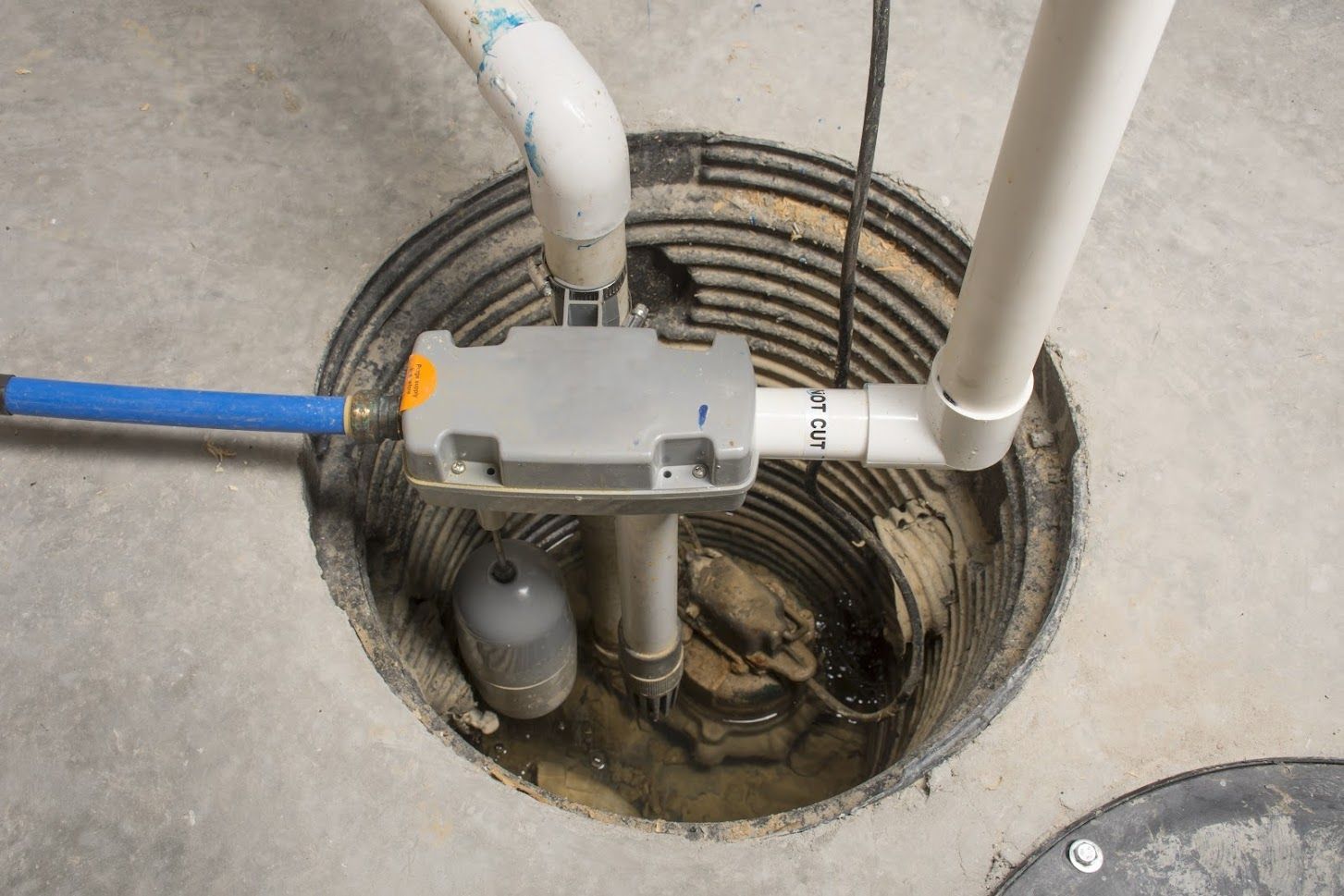

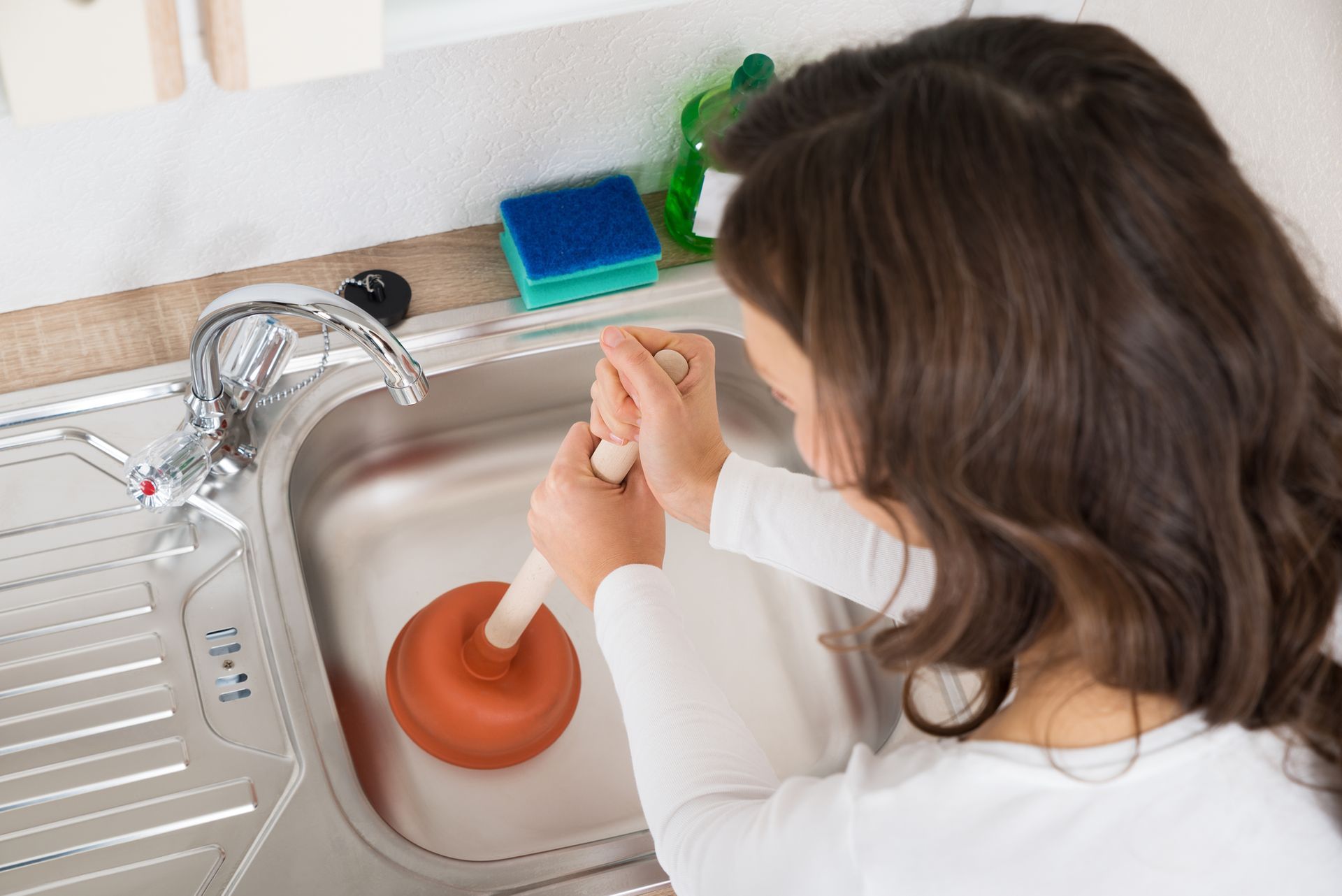

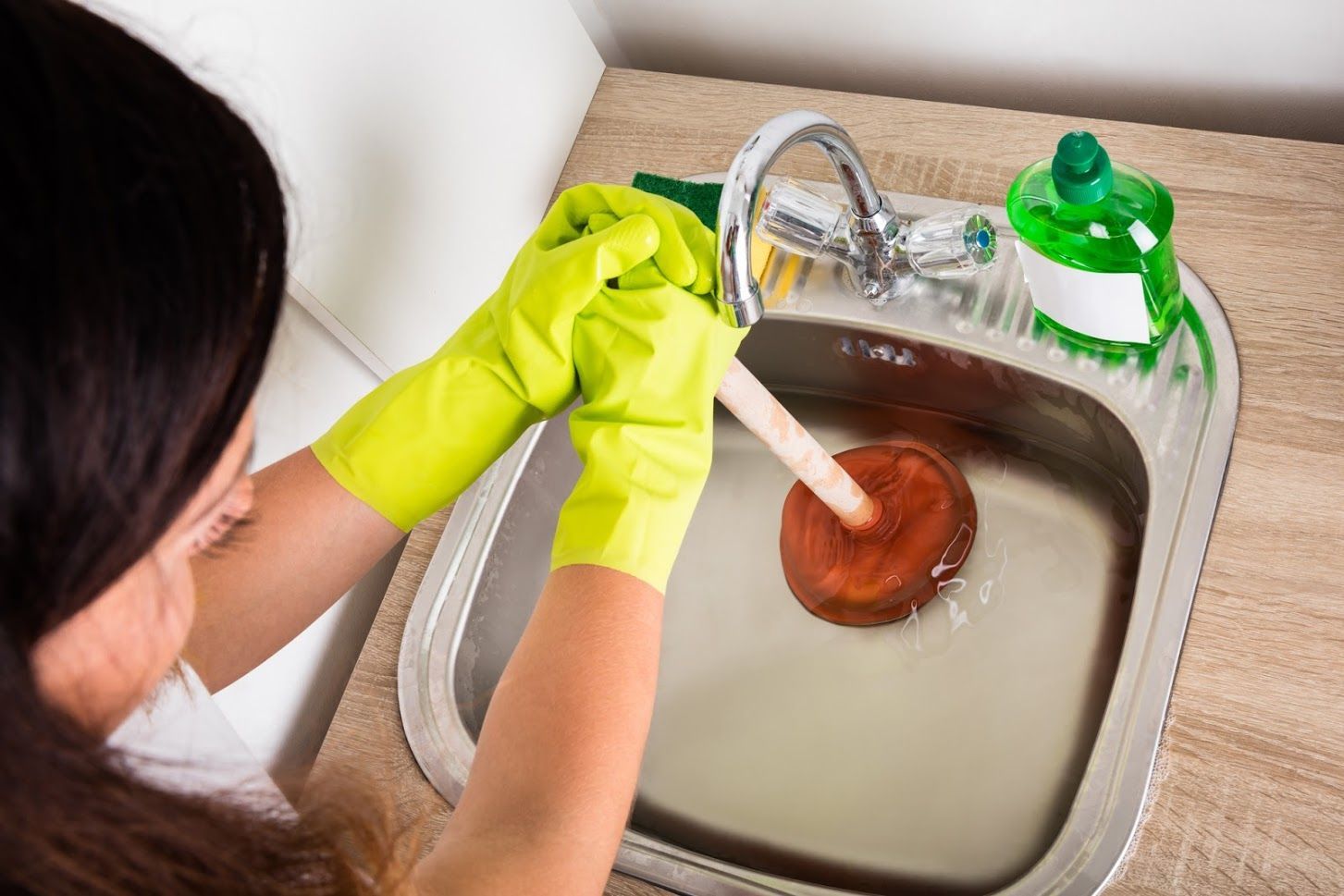
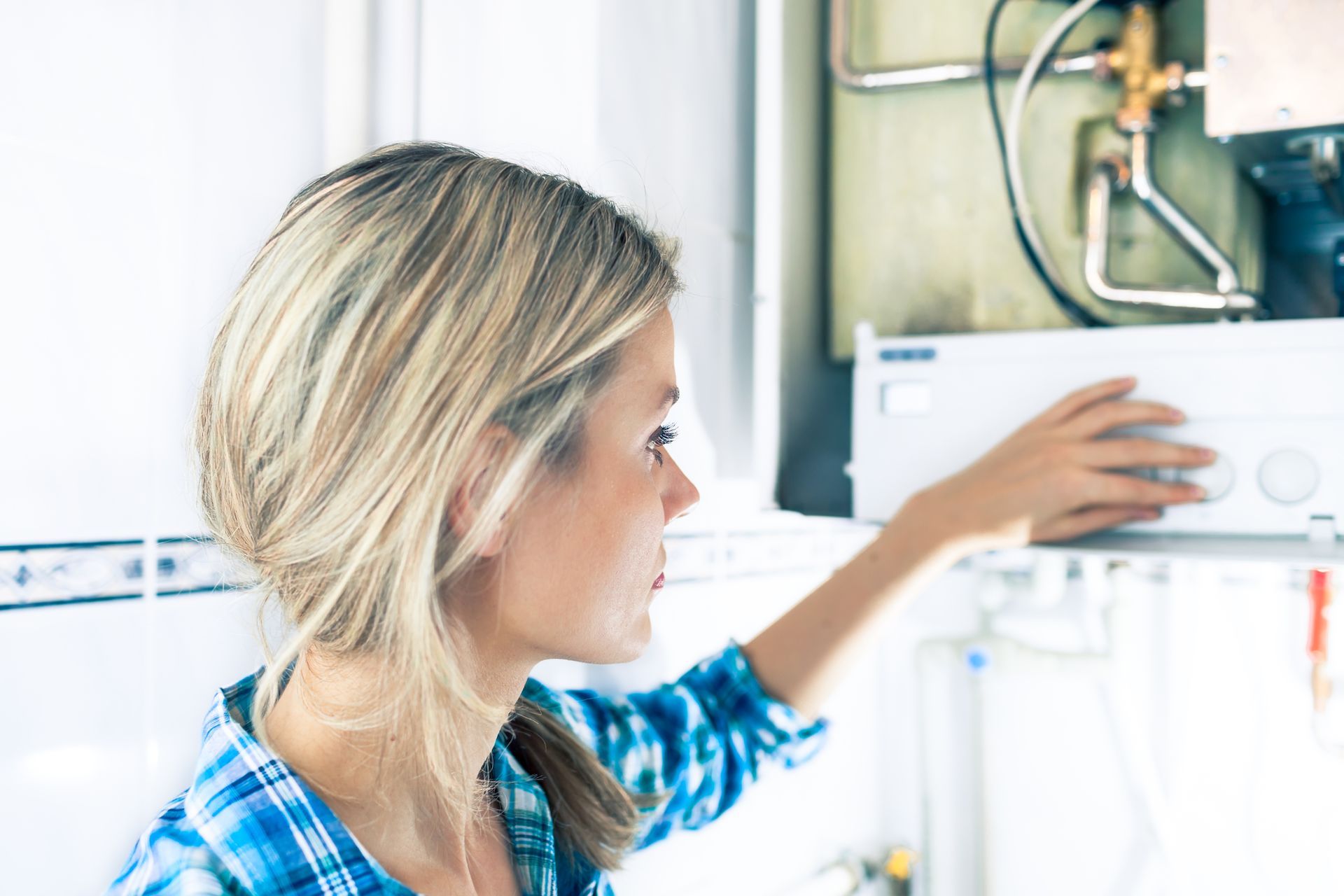

★★★★★
The total process from booking a service call, by phone, to the installation of a steel reinforced waterline hose on our refrigerator, was a pleasurable experience. A retired plumber recommended QP. Jeff had to pull out the refrigerator, remove the plastic waterline, install the new waterline, check to make sure the water dispenser was working and put the refrigerator back. Jeff was careful and mindfull of our wooden floor as the refrigerator was in a built-in cabinet. Since we live in a condo we want to eliminate all possibilities for a water leak. Jeff not only did his skillful job, he also educated us on the different water supply lines. I would recommend QP.
- Janeine G.
Button
★★★★★
Quality Plumbing did a rough-in plumbing install for a bathroom and kitchen sink in my basement. Very communicative, helped plan the space, and did a great job on the install. Will be using them again!
- Ian H.
Button
★★★★★
Called them when my water heater broke, they were over same day with a new one. Logan is great, he's fixed a couple things over the last year and is always professional and informative.
- Nick B.
Button
★★★★★
Quality plumbing is amazing 👏 when my brothers home had a problem with water pressure, they were able to schedule quickly, identify the problem and provide cost effective solutions quickly. When they did the work, they were on time on budget and cleaned up everything afterwards. Thank you for your great service Quality Plumbing! …
- Rich R.

★★★★★
Quality Plumbing is my go-to plumbing company for all my projects. I had one big project and after meeting Jeff, I’ve specifically requested him to come out for my other 2 projects. He’s incredibly punctual, efficient, and keeps the area nice and clean. Great to communicate with and provides clear answers to all my questions. Jeff is very professional and knowledgeable in his craft. Every time I call, Delaney will always pick up my phone calls and get me scheduled right away. Never had great success with plumbing companies until I started working with Quality Plumbing. They have unbeatable prices and will provide you with an honest solution to your problems. Highly recommend choosing Quality Plumbing!
- Alex D.
Button

★★★★★
The total process from booking a service call, by phone, to the installation of a steel reinforced waterline hose on our refrigerator, was a pleasurable experience. A retired plumber recommended QP. Jeff had to pull out the refrigerator, remove the plastic waterline, install the new waterline, check to make sure the water dispenser was working and put the refrigerator back. Jeff was careful and mindfull of our wooden floor as the refrigerator was in a built-in cabinet. Since we live in a condo we want to eliminate all possibilities for a water leak. Jeff not only did his skillful job, he also educated us on the different water supply lines. I would recommend QP.
- Janeine G.
Button
★★★★★
Quality Plumbing did a rough-in plumbing install for a bathroom and kitchen sink in my basement. Very communicative, helped plan the space, and did a great job on the install. Will be using them again!
- Ian H.
Button
★★★★★
Called them when my water heater broke, they were over same day with a new one. Logan is great, he's fixed a couple things over the last year and is always professional and informative.
- Nick B.
Button
★★★★★
Quality plumbing is amazing 👏 when my brothers home had a problem with water pressure, they were able to schedule quickly, identify the problem and provide cost effective solutions quickly. When they did the work, they were on time on budget and cleaned up everything afterwards. Thank you for your great service Quality Plumbing! …
- Rich R.

★★★★★
Quality Plumbing is my go-to plumbing company for all my projects. I had one big project and after meeting Jeff, I’ve specifically requested him to come out for my other 2 projects. He’s incredibly punctual, efficient, and keeps the area nice and clean. Great to communicate with and provides clear answers to all my questions. Jeff is very professional and knowledgeable in his craft. Every time I call, Delaney will always pick up my phone calls and get me scheduled right away. Never had great success with plumbing companies until I started working with Quality Plumbing. They have unbeatable prices and will provide you with an honest solution to your problems. Highly recommend choosing Quality Plumbing!
- Alex D.
Button








